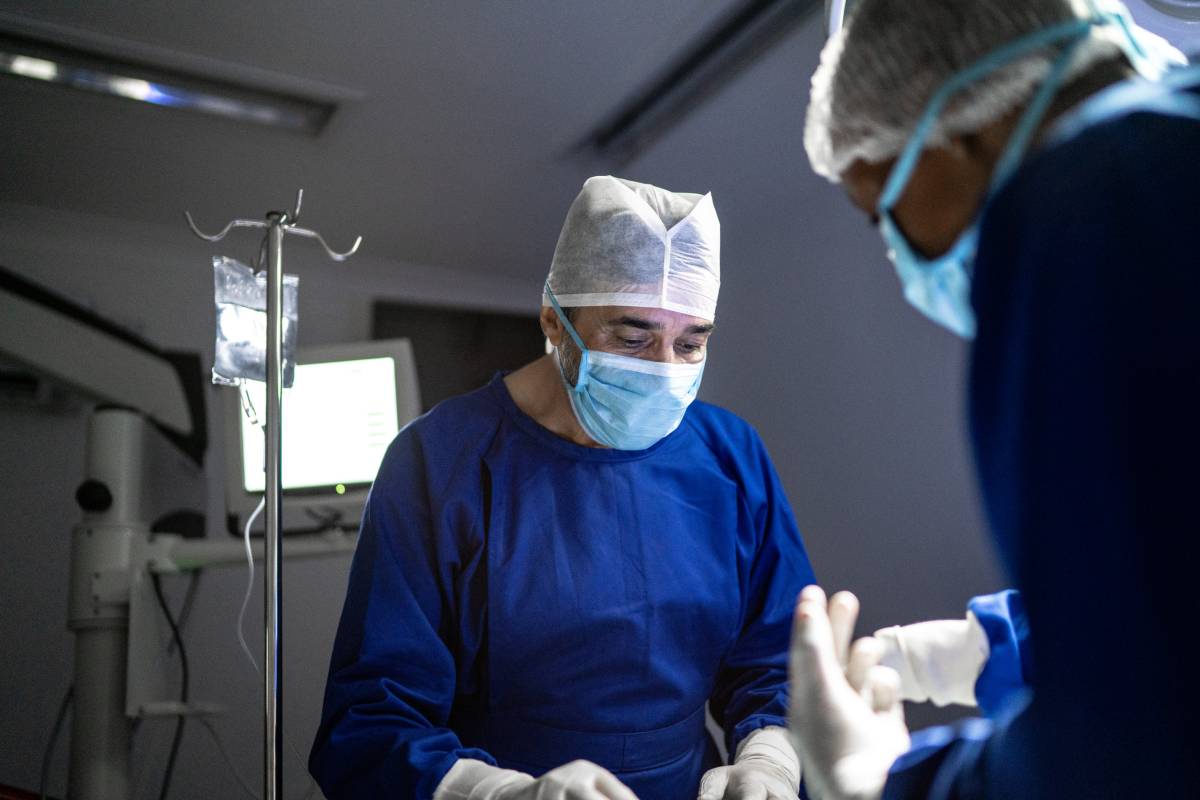Current Research in Bioadhesives and Hemostats

Bioadhesives are materials that are designed to attach to biological tissue. They may have active hemostatic properties or may be combined with other active hemostats, which use the body’s blood clotting mechanisms to stop bleeding (Tarafder et al, 2020). The main concern for research and design of bioadhesives is biocompatibility — they need to be non-immunogenic and degrade naturally without toxic byproducts (Bal-Ozturk et al, 2021).
Bioadhesives
Bioadhesives work through adhesive and cohesive bonds, acting at the wound surface and within itself respectively (Bal-Ozturk et al, 2021). High cohesive bonding generally contributes to a longer lasting, stronger bioadhesive. Degradation ideally should not start until three weeks after application, allowing adequate time for healing (Bal-Ozturk et al, 2021). To address the diversity of tissues and needs, bioadhesives based on a variety of molecules, like fibrin, polysaccharides or synthetic compounds, and with different physical structures, like multilayer membranes, foams or gels, have been targeted in research (Bal-Ozturk et al, 2021).
Bioadhesives in research
Research on improving bioadhesives has turned to biomimetic synthetic compounds. One example is a bioadhesive based on a slug’s mucus, which a research team found could withstand the beating of a heart (Bal-Ozturk et al, 2021). Another example copies the nanofibril structure of a gecko’s feet, which increases the contact area available for adhesion interactions (Bal-Ozturk et al, 2021).
The biomimetic with the most current research is a waterproof adhesive inspired by mussels, known as iCMBA. These rely on L-DOPA, a precursor to dopamine that easily converts between forms that bond to itself or to a surface (Tarafder et al, 2020). They have superior strength to fibrin glues and are made stronger by interactions with metals. Metals can also lend antibacterial properties (Tarafder et al, 2020) and may be used to create adhesives with electrical conductivity for bioelectronics (Bal-Ozturk et al, 2021). However, iCMBAs are very expensive and may have unknown neurological effects (Bal-Ozturk et al, 2021).
Researchers have also investigated the use of bioadhesives in tissues with poor natural healing. One strategy involves tissue replacement. For example, a strong bone replacement that stimulated stem cell activity has been created by mixing iCMBAs with hydroxyapatite (a component of bone matrix) (Tarafder et al, 2020). Over time, bioadhesive replacements can become a scaffold for natural tissue growth (Tarafder et al, 2020).
Some researchers believe that bioadhesives are more useful as a delivery mechanism for cell signals, since it may not be possible to make a strong enough tissue replacement without sacrificing biocompatibility. An example of this work is the use of fibrin gels to release growth factors in the inner knee meniscus (Tarafder et al, 2020). This use of bioadhesives may be better suited for those with degenerative disorders than acute injuries (Tarafder et al, 2020).
Hemostats
Surgical patients can experience major cardiovascular changes during the perioperative period, including bleeding. An ideal hemostat is biocompatible and would stop bleeding within two minutes (Zhong et al, 2021). Hemostats do this by taking advantage of the natural blood clotting cascade. Clotting signals can be extrinsic, from blood vessels, or intrinsic, from wounded tissue. Eventually, these signaling pathways have the same outcome: activation of thrombin, which turns fibrinogen into fibrin. Primary hemostasis is when platelets first activate at the wound site and the blood vessels constrict to slow blood loss. The consolidation of fibrin and platelets into clots is called secondary hemostasis (Zhong et al, 2021).
Hemostat technologies can be passive or bioactive. Some passive hemostats like cotton gauze or hydrogels are absorptive and work as factor concentrators, increasing the relative concentration of signals in the area (Zhong et al, 2021) (Cotton, made of cellulose, may also have some bioactivity (Hickman et al, 2018).) Bioactive hemostats are procoagulant, supplying or activating clotting factors. Biological clotting materials, like fibrin glues, synthetic materials, polysaccharides (e.g. chitosan) and inorganic minerals have all been used (Zhong et al, 2021).
Hemostats in research
One avenue of research has focused on trying to decrease the immunoactivity of biologic hemostats. Platelet-like particles, infusible platelet membranes and H12 peptide (a mimic of a chain of fibrinogen) are all being researched for this purpose (Hickman et al, 2018).
There is some concern that our hemostat technology has reached a plateau of effectiveness (Hickman et al, 2018). Especially with deep internal bleeding, blood transfusion or transfusion of clotting factors is still the standard of care. Research has been done on transfusion of additional factors like tranexamic acid, which is propelled to deep tissue by the release of carbon dioxide and blocks the action of an enzyme that breaks down fibrin; however, transfusion is not targeted and can cause undesired systemic effects (Hickman et al, 2018).
References
Bal-Ozturk A, Cecen B, Avci-Adali M, et al. Tissue Adhesives: From Research to Clinical Translation. Nano Today. 2021;36:101049. doi:10.1016/j.nantod.2020.101049
Hickman DA, Pawlowski CL, Sekhon UDS, Marks J, Gupta AS. Biomaterials and Advanced Technologies for Hemostatic Management of Bleeding. Adv Mater. 2018;30(4):10.1002/adma.201700859. doi:10.1002/adma.201700859
Tarafder S, Park GY, Felix J, Lee CH. Bioadhesives for musculoskeletal tissue regeneration. Acta Biomater. 2020;117:77-92. doi:10.1016/j.actbio.2020.09.050
Zhong Y, Hu H, Min N, Wei Y, Li X, Li X. Application and outlook of topical hemostatic materials: a narrative review. Ann Transl Med. 2021;9(7):577. doi:10.21037/atm-20-7160
